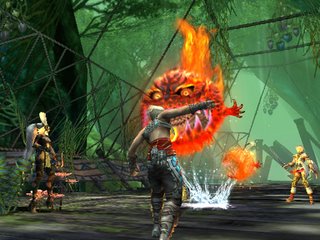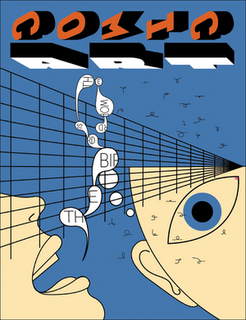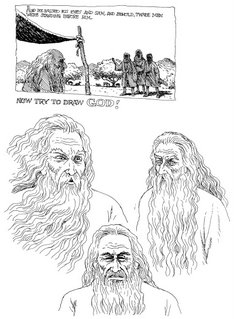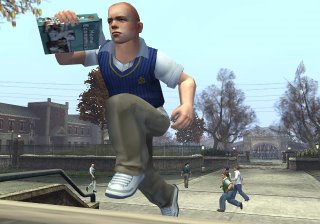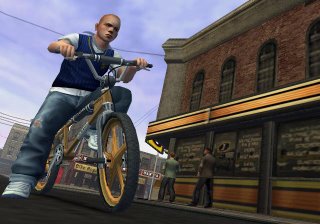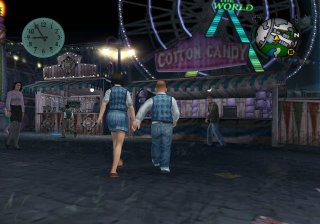VG REVIEW: Marvel Ultimate Alliance & Justice League Heroes

“MARVEL ULTIMATE ALLIANCE”
Activision, for the Wii, PlayStation 3, Xbox 360, PlayStation 2, Xbox and PC
rated T for Teen (mild language, violence), $59.99 (360 and PS3), $49.99 (Wii) and $39.99 (all others).
“JUSTICE LEAGUE HEROES”
WB Games, for PlayStation 2 and Xbox
rated T for Teen (fantasy violence, mild language), $39.99.
The Three Stooges vs. The Marx Brothers. The Beatles vs. the Rolling Stones. Marvel vs. DC.
While some of us are more than happy to sample from both sides of the fence, there are die-hard fans who must emphatically choose one party over the other, especially where Marvel and DC are concerned.
Thankfully, there are two new games out that should satisfy both camps: “Marvel Ultimate Alliance” and “Justice League Heroes.” Both games are similar in approach and design, and both are enjoyable, though one edges ahead in quality.
The play structures and plots of each game are similar. In both, a group of villains has banded together, collecting strange items for some ultimate nefarious purpose.
In both games, you control a group of heroes in an isometric environment, looking down on them from above. In “Alliance” you have a group of four. In “Heroes” you have only two. You can unlock more heroes, costumes and other items as you progress in either game, however.
Each hero has his own collection of special powers. In “Alliance,” for example, Captain America can throw his shield at enemies, while Spider-Man can fire webs at them. In “Heroes,” Superman has heat vision, while the Martian Manhunter fires psychic blasts.
Both titles do a good job of keeping their individual characters distinct from one another. Zatanna the magician doesn’t play the same as Batman, nor does Thor require the same strategy as Wolverine.
As you progress in each game, your characters gain new powers and abilities as they level up, and you can boost their health and general statistics along the way, too.
The games bears a strong resemblance to the “X-Men Legends” games, which is not surprising, especially in “Alliance’s” case, as it shares the same developer.
The biggest problem in games of this ilk is the tendency to rely on hack and slash repetition, constantly coming up against the same types of enemies and mashing the buttons over and over again to the point of banality.
“Alliance” does the better job overall of avoiding that pitfall through its larger cast of characters, greater variety in powers and better overall level design.
That’s not to say “Heroes” is a shabby game — it’s not. It’s just not as polished as “Alliance.”
The best thing about games like these is they allow fans to enter into the shared superhero universe that both publishing companies have been actively structuring with finesse for years.
To their credit, both “Heroes” and “Alliance” do a good enough job of delving into those worlds to please their hard-core constituents. But if you’re not taking sides, then you’ll be perfectly happy with “Alliance.”

Copyright The Patriot-News, 2006
Labels: super heroes, video games




